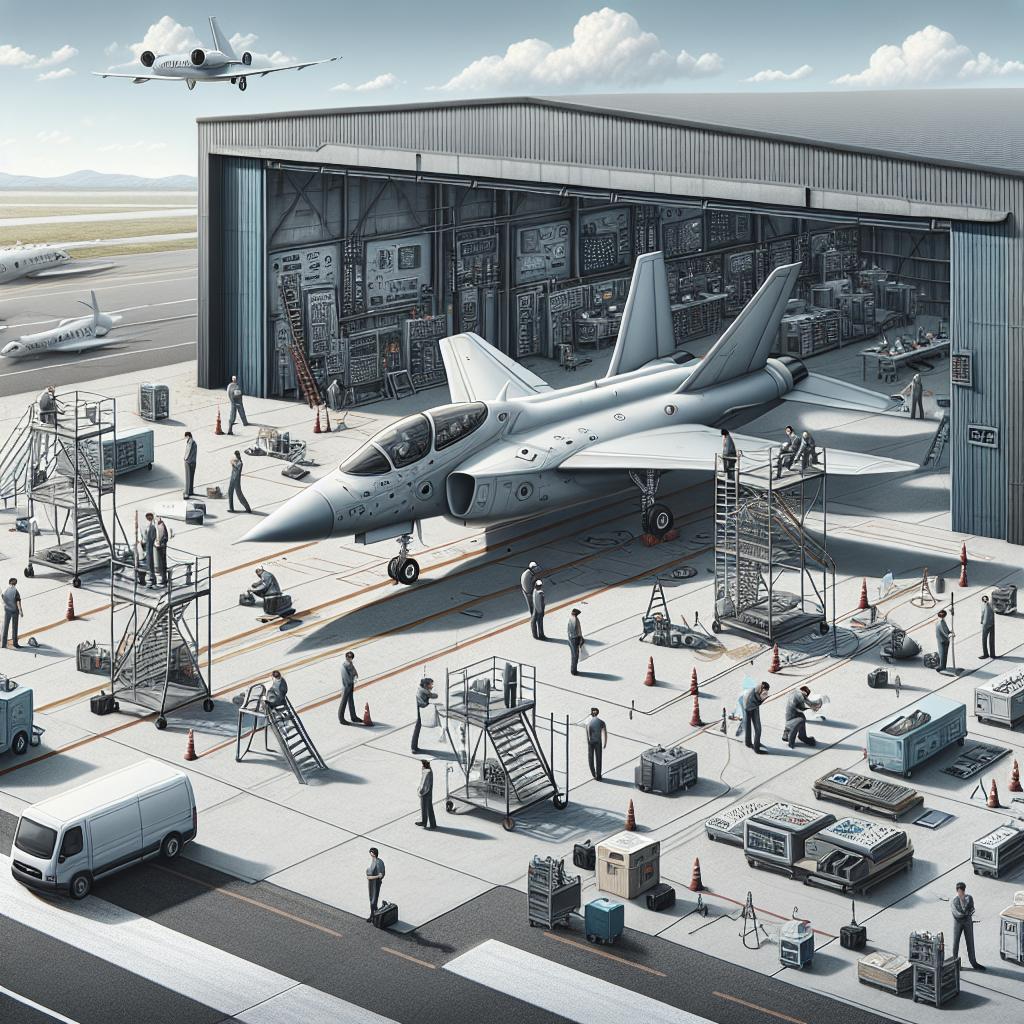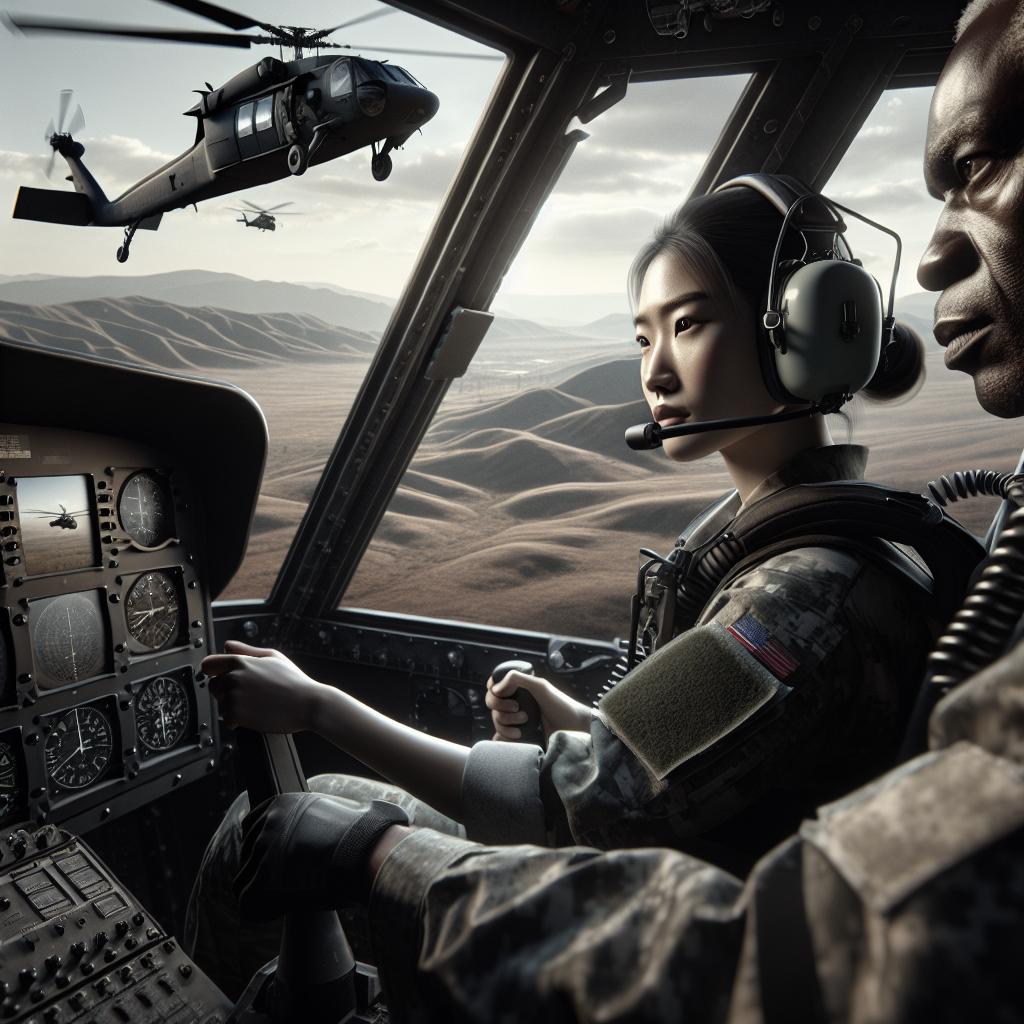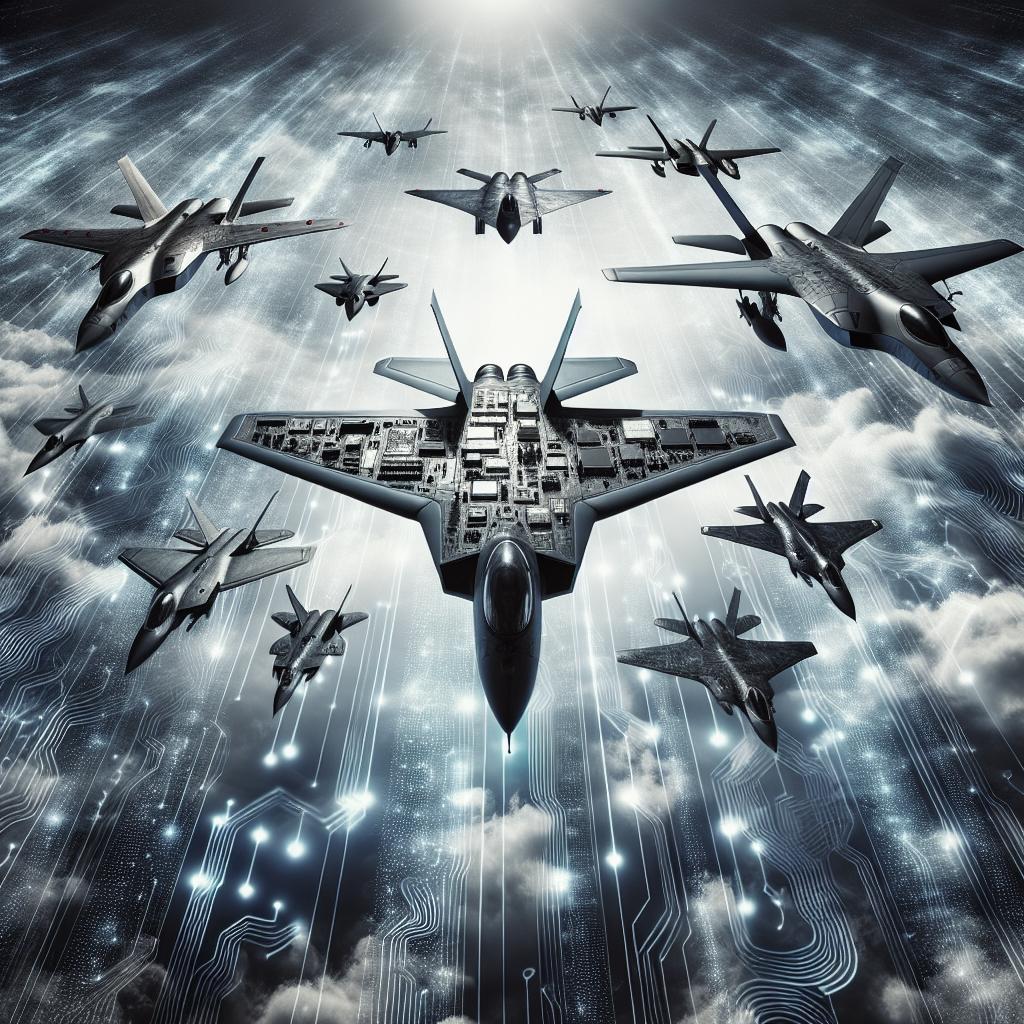Developing a new military aircraft model is a highly intricate process involving numerous stages, each demanding meticulous attention to detail and rigorous testing. This blog delves into each phase of the testing process, from the initial design concept to the aircraft’s commissioning for operational use. We will explore the journey from ideas to reality, the transition from theoretical designs to practical prototypes, the critical stage of flight testing, and finally, the path from mass production to battlefield deployment. In addition, we will discuss the broader implications of these technological advancements for military and global security.
In Brief
The journey of a new military aircraft spans several key phases:
- Initial Design
- Development and Prototyping
- Flight Testing
- Production and Commissioning
- Impacts and Implications of Technological Development
Initial Design: From Ideas to Reality
The initial design phase begins with a series of brainstorming sessions among engineers, designers, and military strategists. At this stage, the primary goal is to outline the key specifications and capabilities that the new aircraft must possess. These might include advanced stealth features, superior maneuverability, or enhanced weaponry. The input from all stakeholders is crucial to formulate a comprehensive design brief that will guide subsequent development stages.
Following the idea generation, sophisticated design tools and software models are employed to create detailed blueprints and 3D models. These digital representations allow the team to visualize the aircraft, assess its feasibility and make necessary adjustments before physical prototyping begins. The design phase is foundational, as any overlooked flaw can lead to costly and time-consuming revisions later.
Development and Prototyping: From Theory to Practice
Once the design is finalized, the development and prototyping phase marks the transition from theoretical planning to practical implementation. Engineers begin constructing a prototype, often starting with scaled-down models for preliminary tests. These models help identify any structural weaknesses or aerodynamic issues that need addressing.
As the prototyping progresses, full-scale models are built using advanced materials and precision engineering techniques. These prototypes undergo a battery of ground-based tests, including stress and fatigue tests, to ensure they meet all structural integrity standards. This phase is iterative, with continuous refinements made until the prototype meets the rigorous specifications laid out in the initial design brief.
Flight Testing: Validating Performance
Flight testing is arguably one of the most critical stages in the testing process for a new military aircraft. This phase involves taking the meticulously engineered prototype into the skies to evaluate its real-world performance under various conditions. Pilots conduct a series of flight maneuvers, from basic take-offs and landings to high-speed operations and combat simulations, to assess the aircraft’s agility, stability, and response.
Data gathered during flight testing is analyzed to verify that the aircraft meets all performance criteria. This stage is vital for identifying any unforeseen issues that may arise in actual flight conditions, allowing engineers to make necessary adjustments. Safety protocols are rigorously adhered to, ensuring that the aircraft is not only effective but also safe for pilots to operate.
Production and Commissioning: From the Production Line to the Battlefield
Upon successful flight testing, the focus shifts to mass production and commissioning. The aircraft moves from a singular prototype to a production-ready model, with factories gearing up for large-scale manufacturing. This phase involves setting up production lines, sourcing materials, and training personnel to ensure consistent quality across all produced units.
Once manufactured, the aircraft enters the commissioning phase, where it undergoes final checks and integration with military systems. This stage ensures that the aircraft is battlefield-ready and capable of fulfilling its intended role. It is then formally introduced into service, where it begins active deployment and operational training for military personnel.
Consequences of Technological Development: Impacts and Implications
The development of new military aircraft has far-reaching consequences beyond mere battlefield performance. Advances in aviation technology can spur innovations in other fields, from commercial aviation to space exploration. The materials, engineering techniques, and safety protocols developed for military aircraft often find their way into civilian applications, benefiting society at large.
Moreover, the introduction of advanced military aircraft can significantly shift the balance of power on the global stage. Nations equipped with the latest technology gain strategic advantages, necessitating policy changes and new defense strategies worldwide. The ripple effect of these developments underscores the importance of continued investment in research and development to maintain technological superiority.
A Complex and Strategic Process
The testing process for a new military aircraft model is a multifaceted endeavor that requires collaboration, innovation, and precision at every stage. From the initial design to its commissioning, each phase builds upon the previous one, ensuring the final product is both effective and reliable. Understanding this process highlights the immense effort and resources required to bring a new aircraft to fruition.
As technology continues to advance, the process itself evolves, integrating new methods and tools to enhance efficiency and outcomes. For those interested in military aviation, keeping abreast of these developments can provide valuable insights into the future of aerial combat and defense.
Lessons Learned
| Phase | Key Activities | Outcomes |
|---|---|---|
| Initial Design | Brainstorming, defining specifications, creating blueprints and 3D models | Comprehensive design brief and digital representations |
| Development and Prototyping | Constructing prototypes, ground-based tests | Refined full-scale models |
| Flight Testing | Conducting flight maneuvers, data analysis | Verified performance under real-world conditions |
| Production and Commissioning | Mass manufacturing, final checks, integration with military systems | Battlefield-ready aircraft introduced into service |
| Technological Development | Advances spur innovations, strategic impact assessments | Broader societal benefits, shifts in global power dynamics |


